Kilmainham Gaol
Kilmainham Gaol, one of Ireland’s most infamous prisons, is not only known for its historical significance. Its also said that there are spirits lingering within its cold, dark cells. Built in 1796, it housed countless prisoners, including leaders of Ireland’s failed rebellions. Many of them met their tragic end at the hands of British forces. And some of them are said to haunt Kilmainham Gaol as spirits: Such as Joseph Plunkett, a leader of the 1916 Easter Rising who was executed here. His wife, Grace Gifford, reportedly lingers by his side, adding to the somber atmosphere of this historic site. Visitors to the jail often recount hearing disembodied voices, footsteps echoing down empty corridors, or feeling an overwhelming sense of despair.
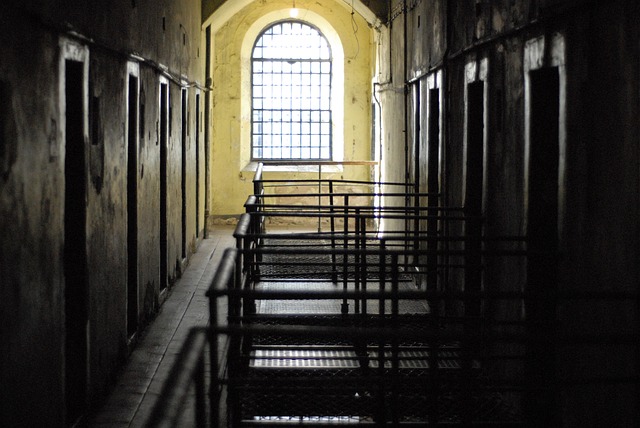
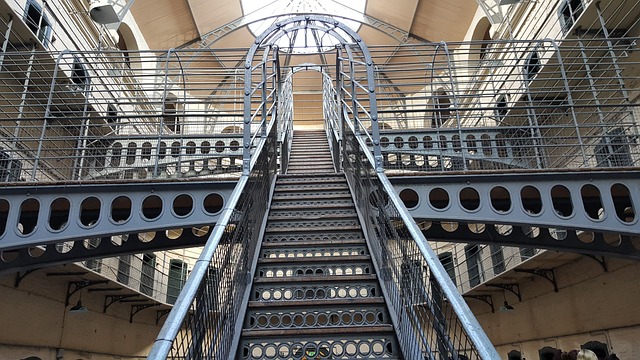
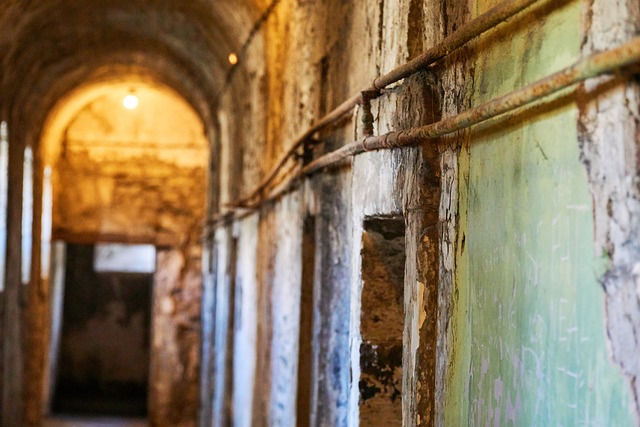
The Hellfire Club
Perched on Montpelier Hill, just outside Dublin, sits one of the city’s most notorious haunted locations: the Hellfire Club. Built in 1735 as a hunting lodge, it soon became a meeting place for a group of aristocrats who allegedly engaged in occult rituals, debauchery, and blasphemous acts. Legends say that the building was cursed from the start, as it was built using stones from ancient burial cairns. The most chilling tale associated with the Hellfire Club is the story of a mysterious visitor who, after a night of gambling, revealed himself to be the devil when his cloven hoof was spotted under the table. The ruins of Hellfire Club stand desolate today, shrouded in an eerie atmosphere, making it a popular spot for ghost hunters.
The Gravediggers Pub (John Kavanagh’s)
Situated near the gates of Glasnevin Cemetery John Kavanagh’s Pub has served thirsty Dubliners since 1833. It is better know as The Gravediggers. A nickname that stems from its long-standing tradition of serving gravediggers who worked in the nearby cemetery. Over the years, the pub has gained a reputation for being haunted by the spirits of both the cemetery’s inhabitants and the gravediggers themselves. One of the most famous ghost stories associated with The Gravediggers is that of a mysterious old man in period clothing who appears at the bar, orders a pint, and then vanishes into thin air. Because of its location and the stories around it, the pub is also part of the Gravediggers Ghost Bus tour around Dublin. Just as the Kilmainham Gaol and several more haunted places in Dublin.
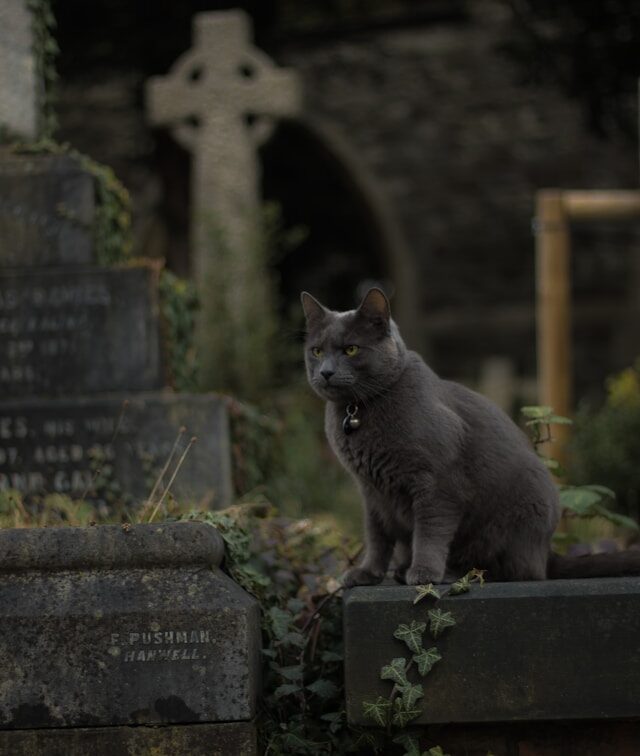
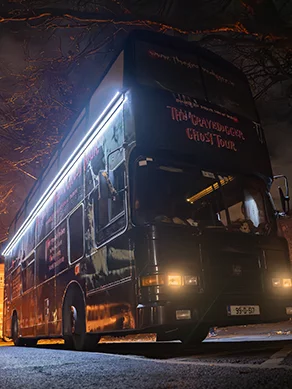
The Shelbourne Hotel
For a touch of luxury with a supernatural twist, The Shelbourne Hotel on St. Stephen’s Green offers more than just a comfortable stay. Built in 1824, the hotel has a long history, and with it, a host of ghost stories. The most famous spirit said to haunt the Shelbourne is that of a little girl named Mary Masters. She died of cholera in the area in 1791. Her presence became famous after 1965 when actress and psychic medium Sybil Leek reportedly communicated with Mary during a stay at the hotel. Since then, guests have reported feeling an invisible presence in their rooms, hearing unexplained sounds, and even seeing the ghostly figure of a child playing in the halls. Even actress Lily Collins publicly claimed that she sensed the ghost’s presence when staying in the hotel.
The Black Church
St. Mary’s Chapel of Ease, commonly known as The Black Church, is one of Dublin’s most infamous haunted sites. It’s set on St. Mary’s Place near Dorset Street. It’s called the Black Church because of its dark stone façade. Built in 1830, this eerie structure is tied to some spine-chilling legends. One of the stories surrounding the church claims that you can summon the devil himself, if you walk around the church three times counterclockwise at midnight. The church is now deconsecrated and used as office space. However, it still carries an aura of mystery that keeps curious thrill-seekers away after dark.
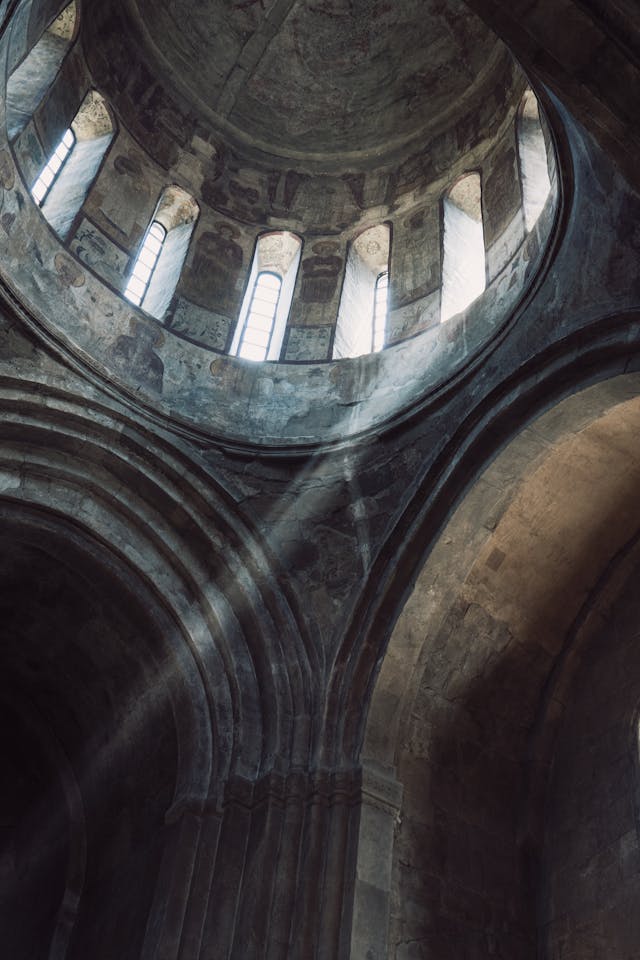

0 Comments